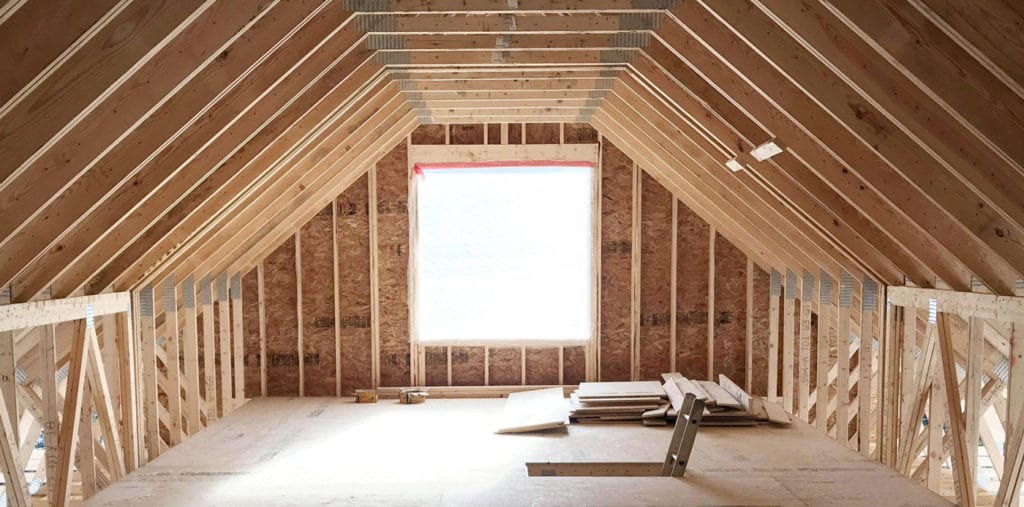If you own a property with a sloped landscape, you may have encountered the challenges of soil erosion and the need to level the ground for various purposes. A retaining wall can be an effective solution to address these issues, providing stability, preventing soil movement, and creating a functional and visually appealing space. In this guide, we will walk you through the essential steps to build a retaining wall on a slope, ensuring a successful and enduring project.
Planning and Preparation
Before embarking on your retaining wall construction, meticulous planning and preparation are crucial. Start by asking yourself the following questions:
What is the Purpose of the Wall?
Determine the primary purpose of the retaining wall. Are you creating terraced planting beds, enhancing the aesthetics of your landscape, or preventing soil erosion?
What Material Should You Use?
Constructing retaining walls offers a wide array of material options, including concrete blocks, natural stones, bricks, and timber. Each material possesses distinct characteristics, allowing you to select the one that harmonizes with your landscape and fulfills the specific needs of your project.
What are the Legal Requirements?
Check with your local authorities for any permits or regulations related to building a retaining wall on your property. Compliance with the law will save you future headaches and ensure a smooth construction process.
How Will You Drain Water?
Proper drainage is vital for the longevity of your retaining wall. Plan for drainage systems such as weep holes and gravel backfill to prevent water buildup behind the wall.
Construction Process
Now that you have a comprehensive plan, it’s time to roll up your sleeves and get to work! Follow these steps for building your retaining wall:
Mark the Layout: Use stakes and string lines to mark the precise location and layout of your wall. This step helps visualize the final structure and ensures a straight and level wall.
Excavate and Level the Trench: Dig a trench along the slope, making sure it’s level and even. This trench will serve as the foundation for your retaining wall.
Add a Base Material: Fill the trench with a suitable base material like crushed gravel and compact it thoroughly. A well-compacted base provides stability and minimizes settling.
Install the First Course: Begin laying the first row of your chosen retaining wall material. Use a level to ensure it remains even and well-aligned.
Build Additional Courses: Continue adding rows of material, interlocking them securely. The interlocking design adds strength and stability to the wall.
Backfill and Compaction: As you progress, backfill the space behind the wall with gravel and soil. Compact the backfill at regular intervals to avoid voids and ensure stability.
Add Drainage System: Incorporate a drainage system into the backfill to prevent water buildup. Install weep holes or perforated pipes to allow water to escape.
Maintaining Your Retaining Wall
Congratulations, your retaining wall is now complete! However, the work doesn’t end here. To ensure its longevity and effectiveness, follow these maintenance tips:
Inspect Regularly: Periodically inspect the wall for signs of damage, cracks, or tilting. Catching issues early can prevent more extensive damage and costly repairs.
Clear Debris: Keep the area around the wall clear of debris, leaves, and soil buildup. Excess debris can cause drainage issues and contribute to wall deterioration.
Address Drainage Problems: If you notice water pooling behind the wall, address the drainage system promptly. Ensure weep holes are clear and functioning correctly.
Repair Promptly: If you notice any damage or signs of wear, address the issue promptly. Small repairs are easier to handle than extensive damage.
Conclusion
Building a retaining wall on a slope can be a rewarding project that enhances the functionality and aesthetics of your landscape. Proper planning, material selection, and construction techniques are essential for a successful and enduring retaining wall. Regular maintenance and vigilance will help preserve the wall’s integrity, providing a sturdy and reliable structure for years to come.
Remember to always follow local building codes and consult professionals if needed to ensure your retaining wall is safe and built to last.




